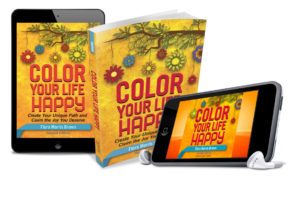It’s a common habit for us to want what we don’t have and want more of what we do? It’s the topic of our conversations, and it’s what advertisers count on to increase their profits.
And yet, when we get our last desire, we are still not satisfied.
When my oldest daughter was in elementary school, she wanted to have straight hair like one of her Anglo classmates. Her classmate’s mom disclosed to me that her daughter came home asking her to curl up and twist her hair like my daughter’s.
If we continue in this manner, always wanting what we don’t have, there’s a real danger that we won’t appreciate and enjoy what we do have. The tragedy of that is we miss out on our own happiness, sometimes working ourselves into an unfortunate unhappiness, depression, or disorder.
When I saw Nick Vijucic on the following video, I felt ashamed for ever having neglected to be grateful for all my blessings. I bet you’ll feel the same way when you watch it.


 We’ve been told that we can make ourselves happy and joyful by “faking” it until it becomes real.
We’ve been told that we can make ourselves happy and joyful by “faking” it until it becomes real. No one would knowingly block her happiness, and yet we do so frequently because we don’t realize the connection between some of our actions and our happiness.
No one would knowingly block her happiness, and yet we do so frequently because we don’t realize the connection between some of our actions and our happiness.

Recent Comments